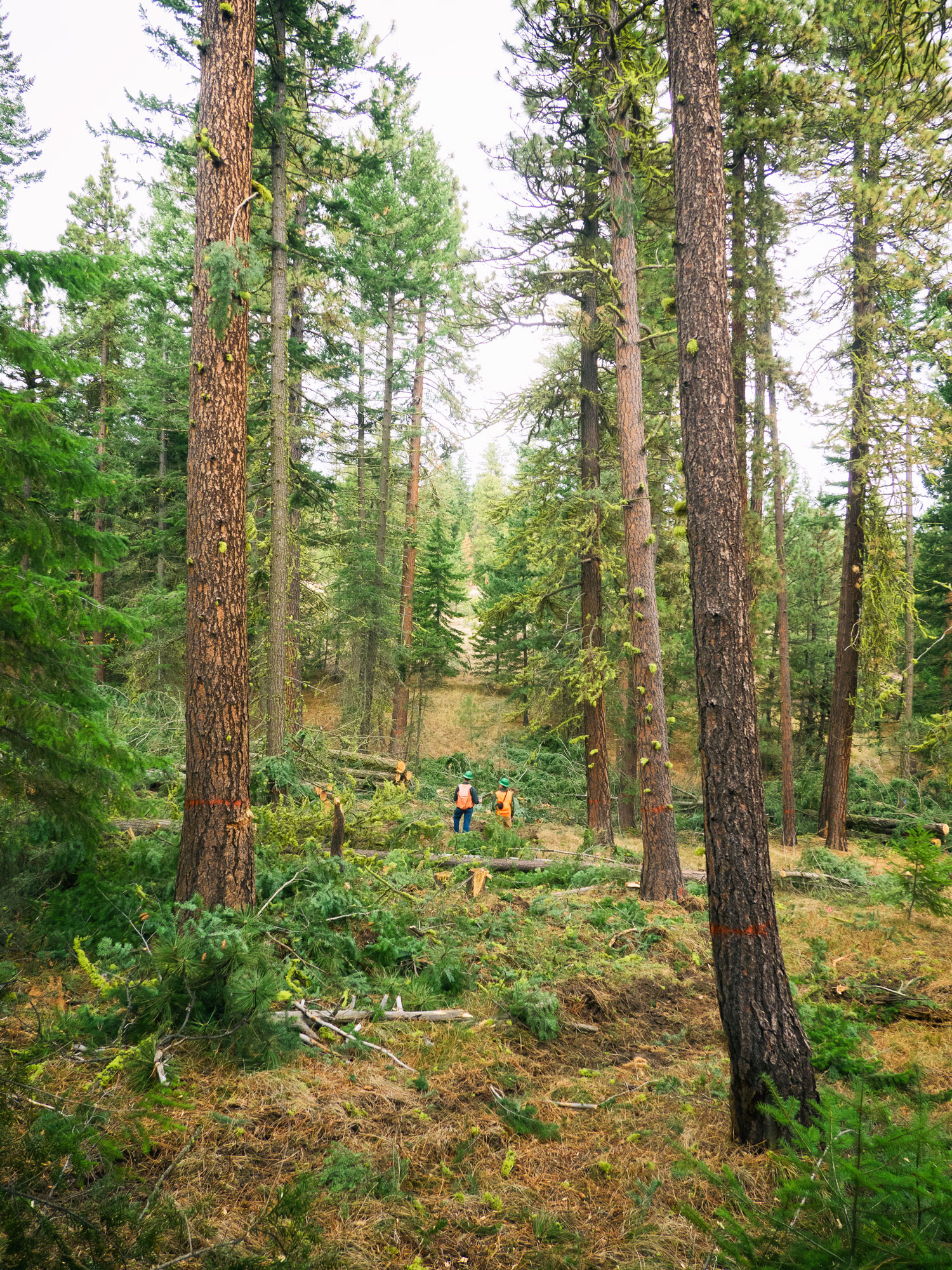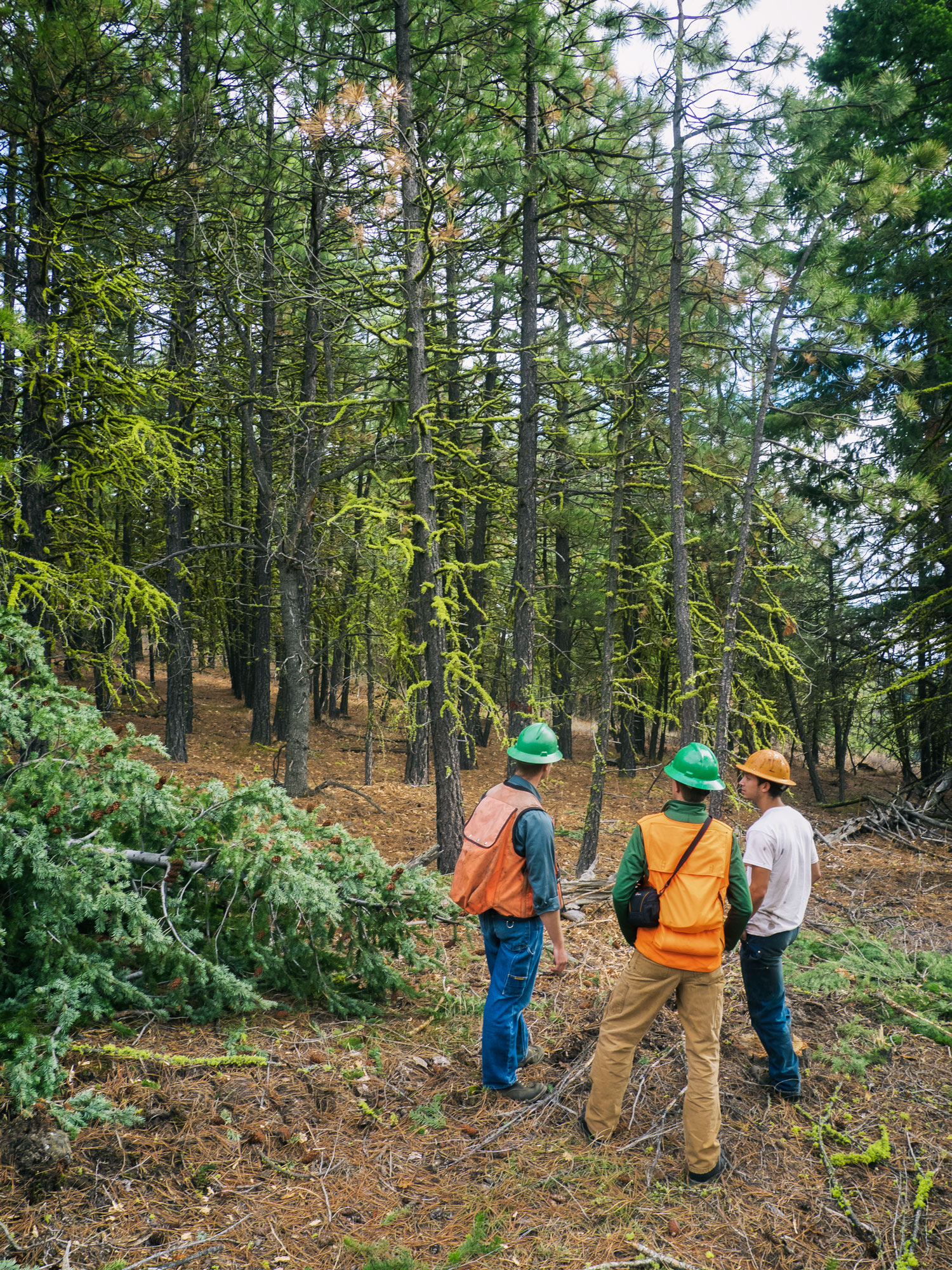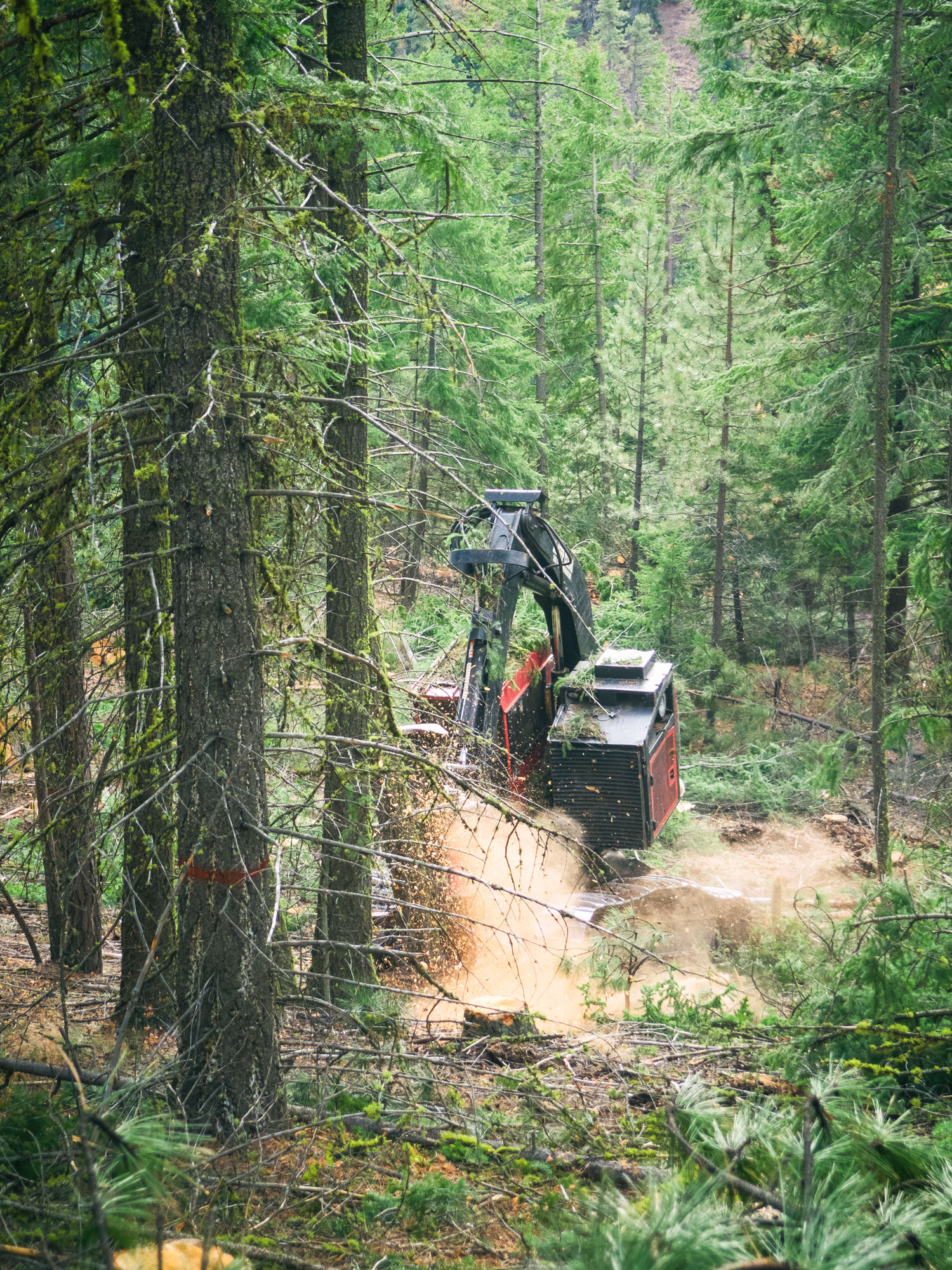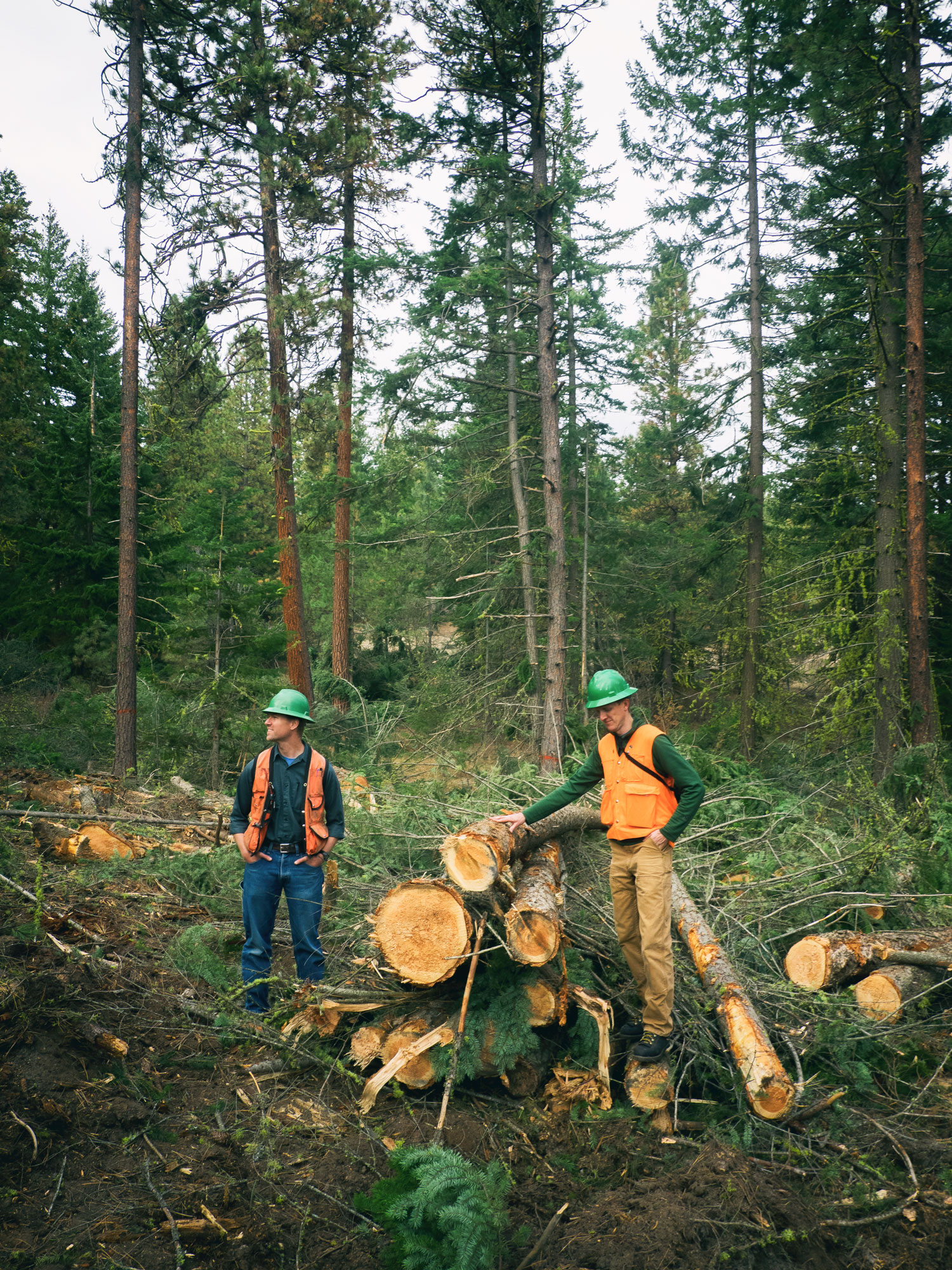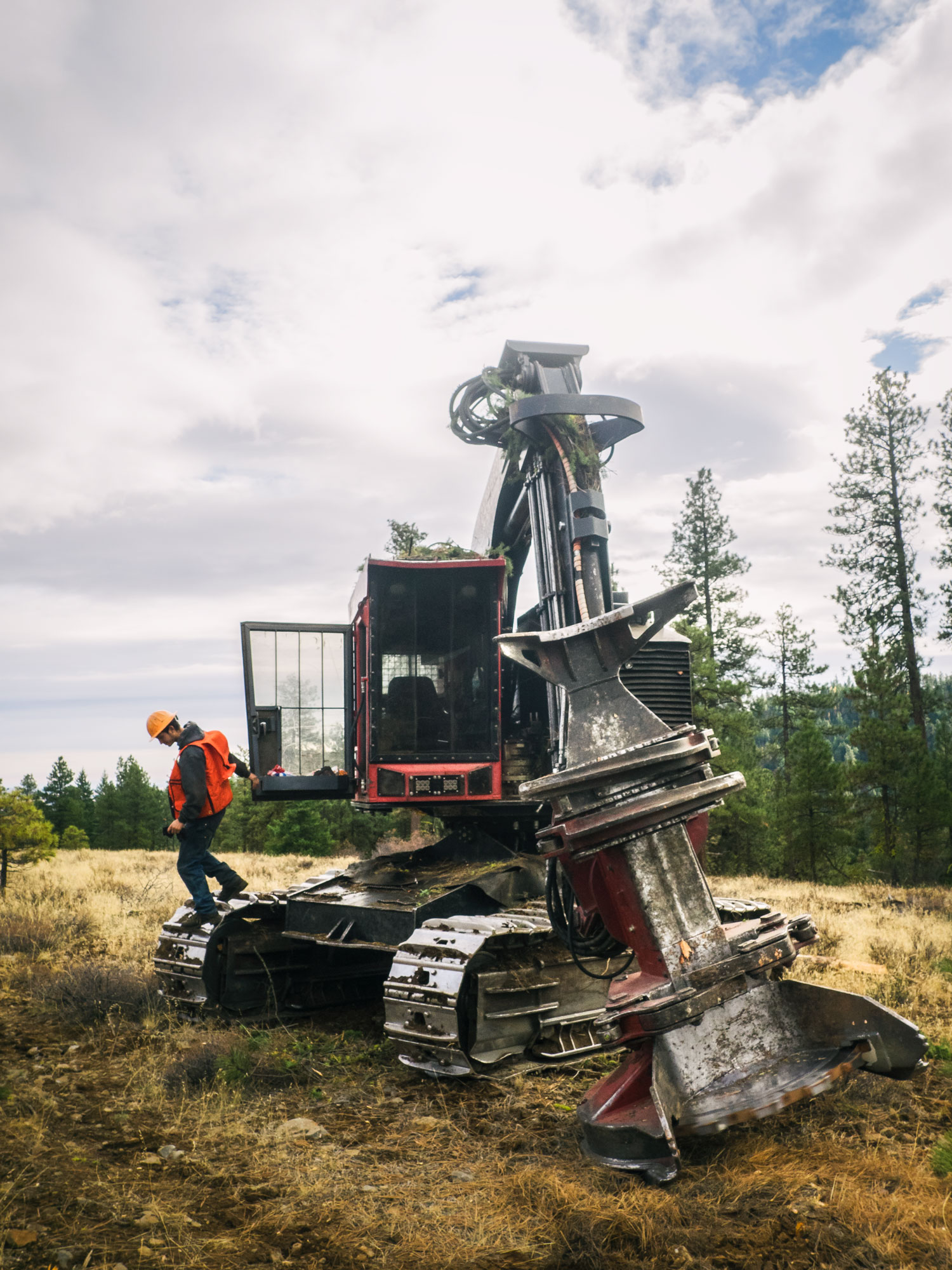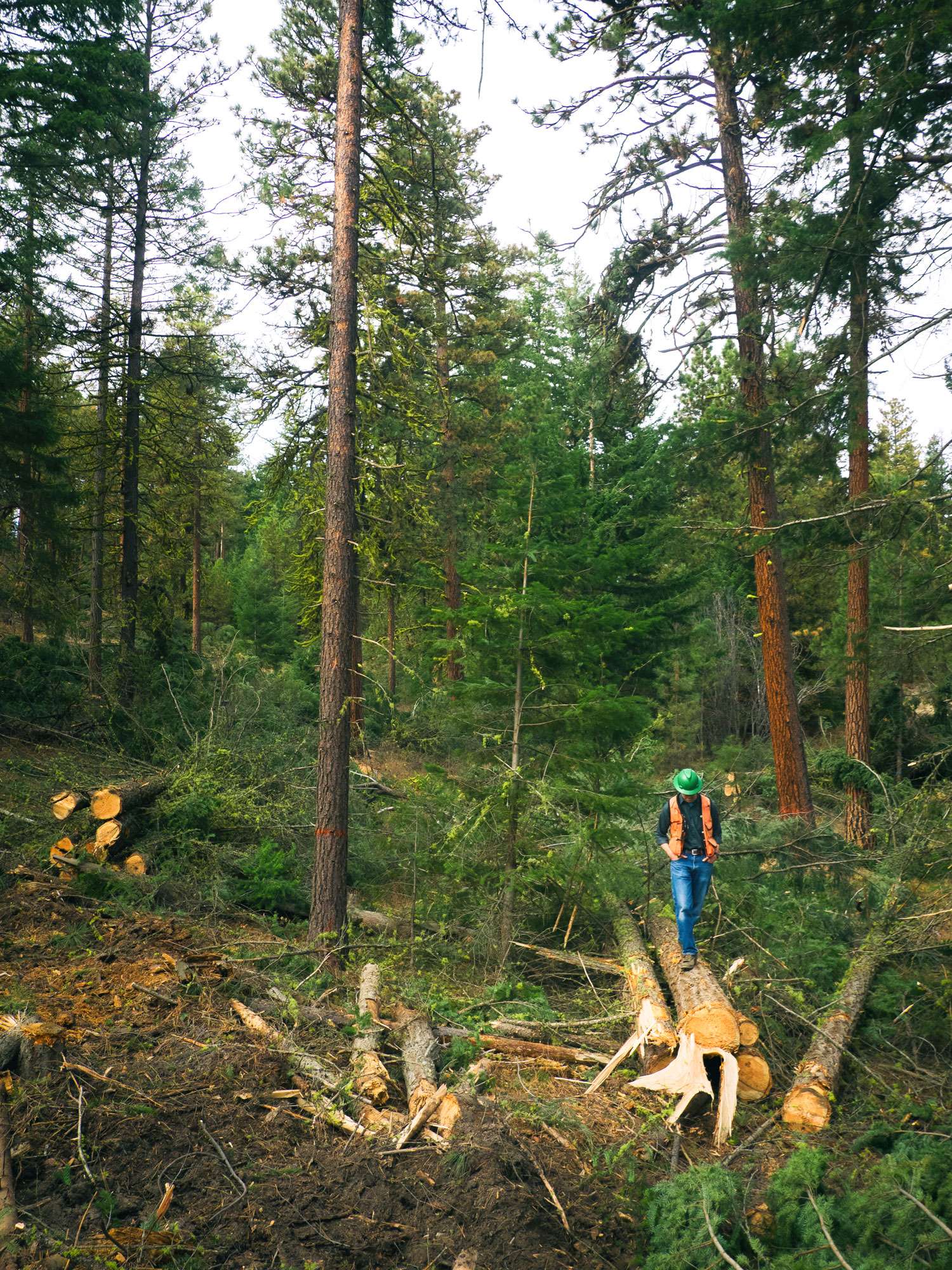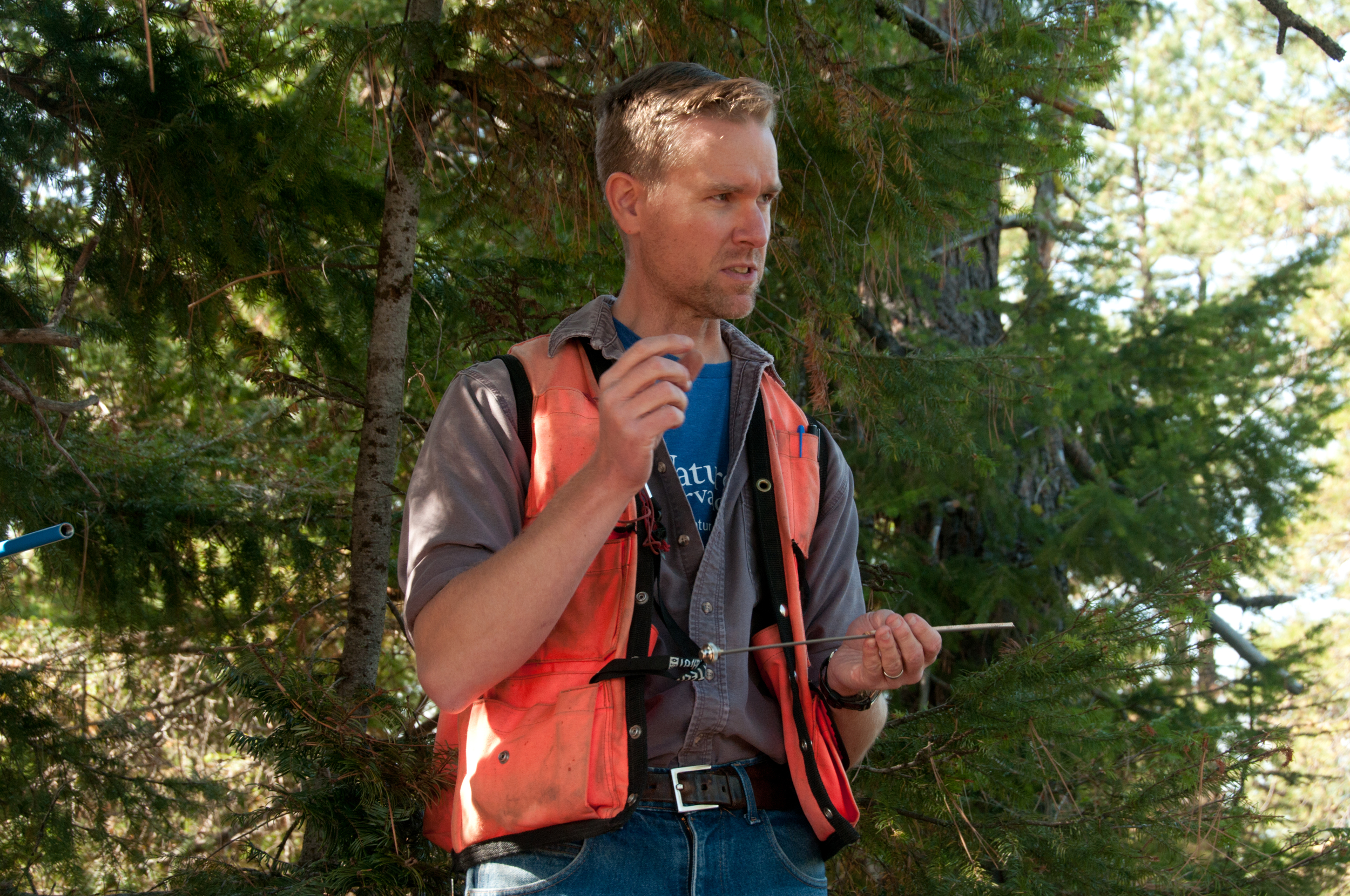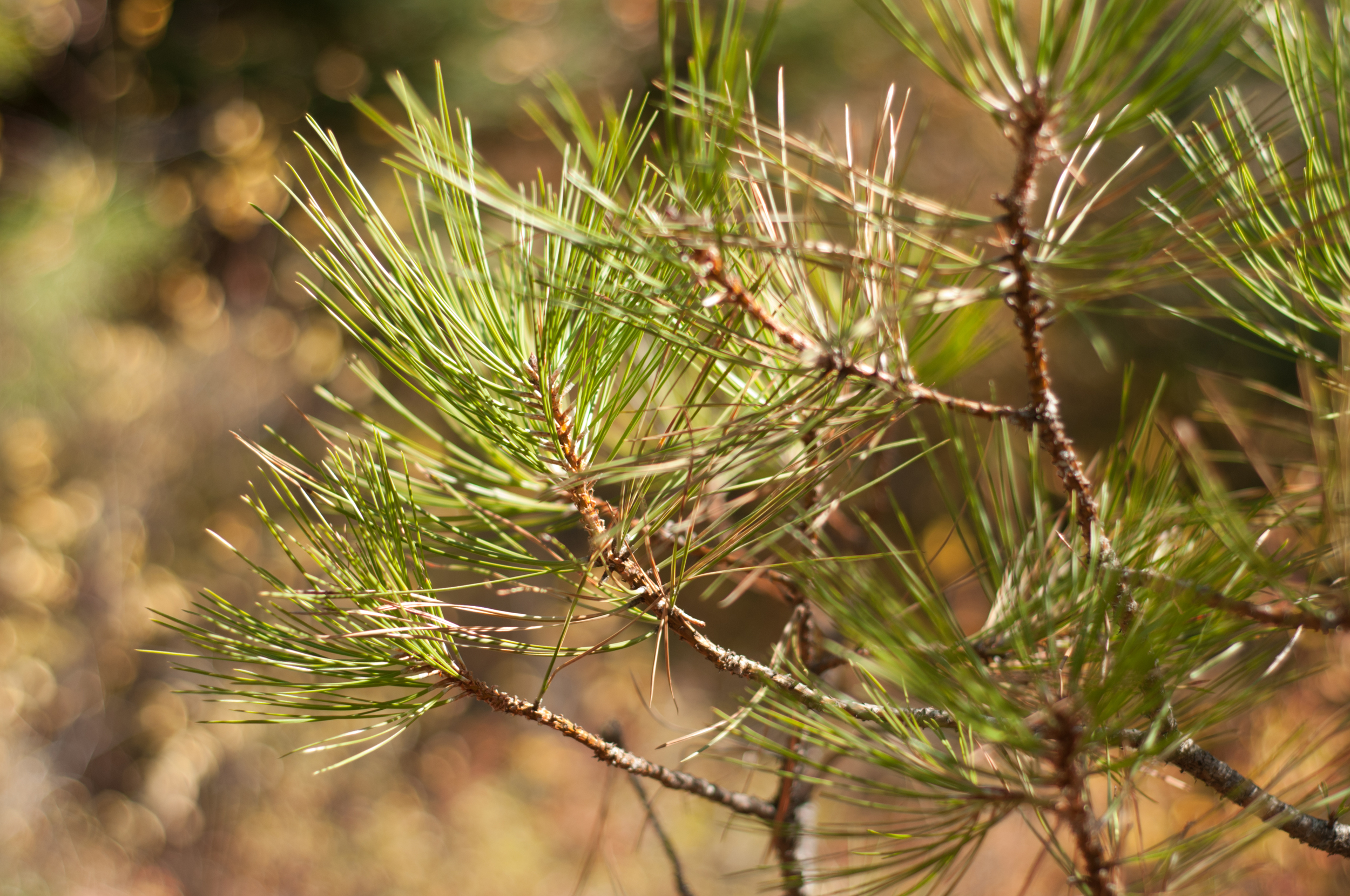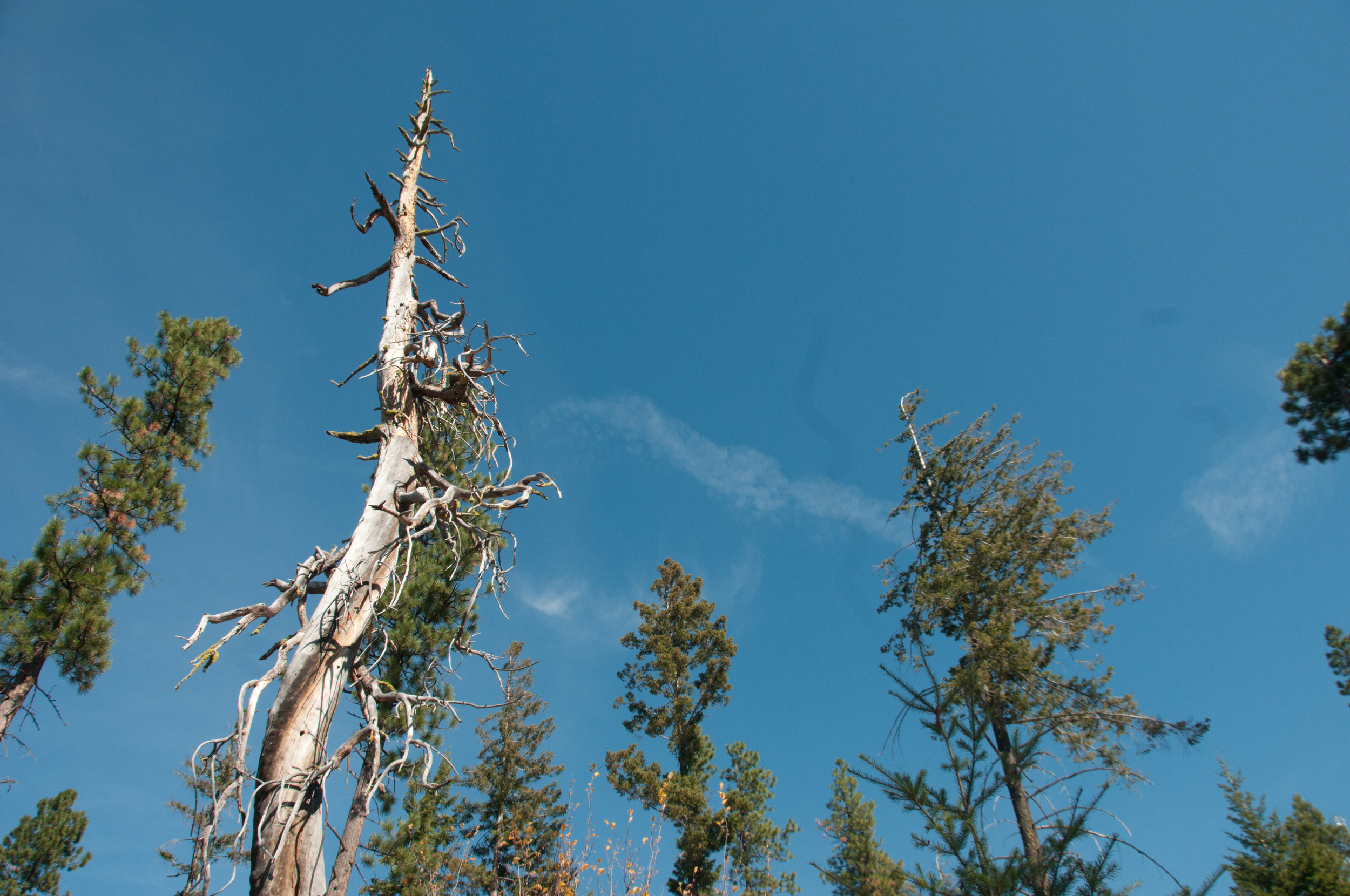Community engagement critical to conservation
Nature Conservancy team members spend a lot of time in forests, on rivers and on ocean shores. But did you know we also spend a lot of time meeting and talking with people? Community is critical to our work. As we forge a new relationship between people and nature, and shape the future of our state, it’s vital we engage, collaborate and partner with people, as often as we focus on wildlife and get our hands dirty in wild places.
A Critical Conversation
Climate Change was the topic at Seattle City Club’s Civic Cocktail this week. State Director Mike Stevens joined Yoram Bauman, known as The Stand-up Economist, and Rod Brown, co-chair of the governor’s Carbon Emissions Reduction Task Force, to discuss one of the most critical issues of our time. Topics ranged from what we know right now about the impact of climate change, to Governor Inslee’s carbon tax proposal. An engaged audience asked important questions creating a dialog that will inform our work, which is deeply impacted by climate change.
A Community that Cares
Meanwhile across the Cascades, we hosted the first of three open houses about our acquisition of 48,000 acres of land in the areas. Community turnout in Cle Elum was terrific and we had a great dialog about how the land is used, what people in the area value and how we can manage the land to benefit nature and the community. We deeply value the level of engagement we got, particularly as we broke into small groups. We were able to hear from and learn from everyone. We look forward to upcoming meetings in Ellensburg and Yakima.
Energizing Expertise
Innovative solutions for people and nature were shared at a Floodplains by Design workshop attended by more than 160 people last week. Together they shared mutual concerns and worked towards a regional vision for Puget Sound’s rivers and floodplains. The Nature Conservancy organized the event and with partners, shared experience and expertise with the diverse attendees. These workshops are an important opportunity for us to connect directly with those who can benefit most from this model program.
Taking Flight in a Special Place
Finally, last weekend gave us several beautiful days to be part of the Snow Goose Festival in Stanwood. Our preserve at Port Susan Bay was open for bird watching. At our booth we had stimulating conversations with dozens of community members who rely on working lands and value nature. It’s always a thrill to meet people, learn about their interests and share our work with them. These community events are some of our favorite places to connect.
In ten days’ time, we were part of four very different and important conservations in very different places. This dialog helps us shape our work and allows us to make the biggest impact we can across our state. Our work is as much about nature as it is about people. Thank you for being part of the community and the conversation.
Related Blog Posts
2015 Floodplains by Design Workshop
Cle Elum Open House
Forests for Our Future











